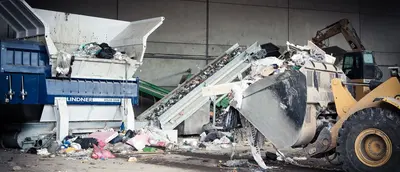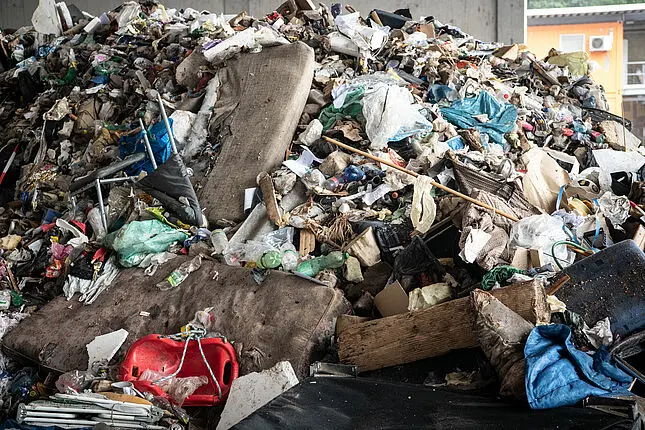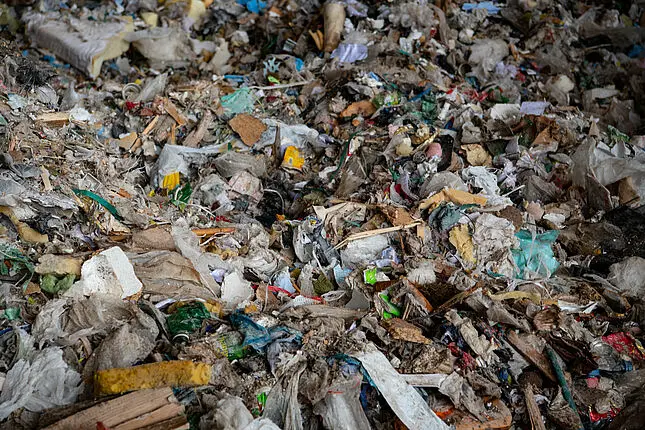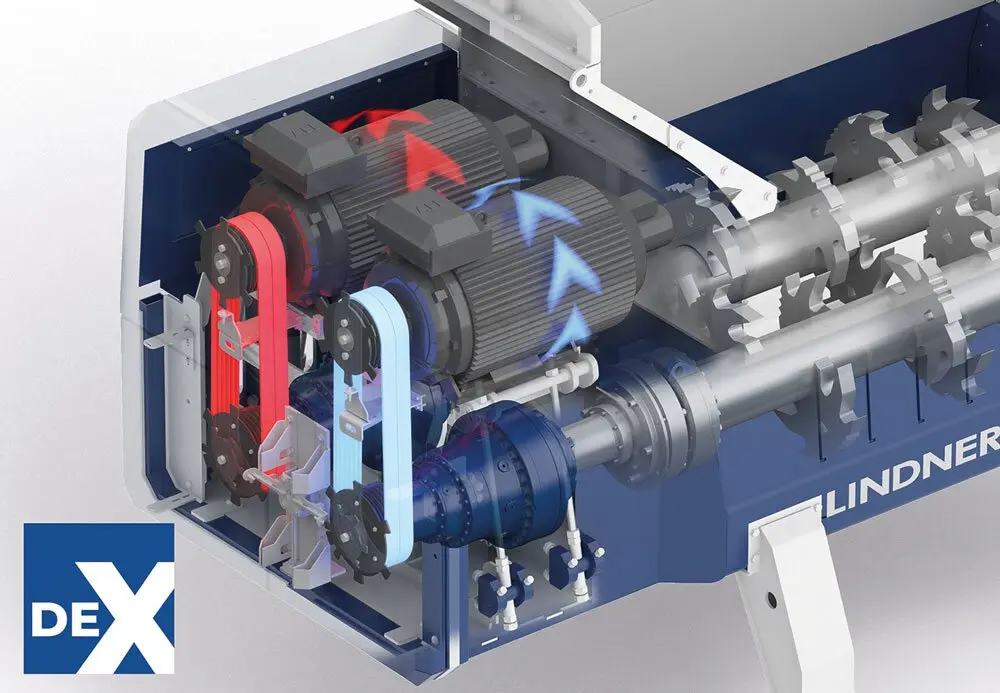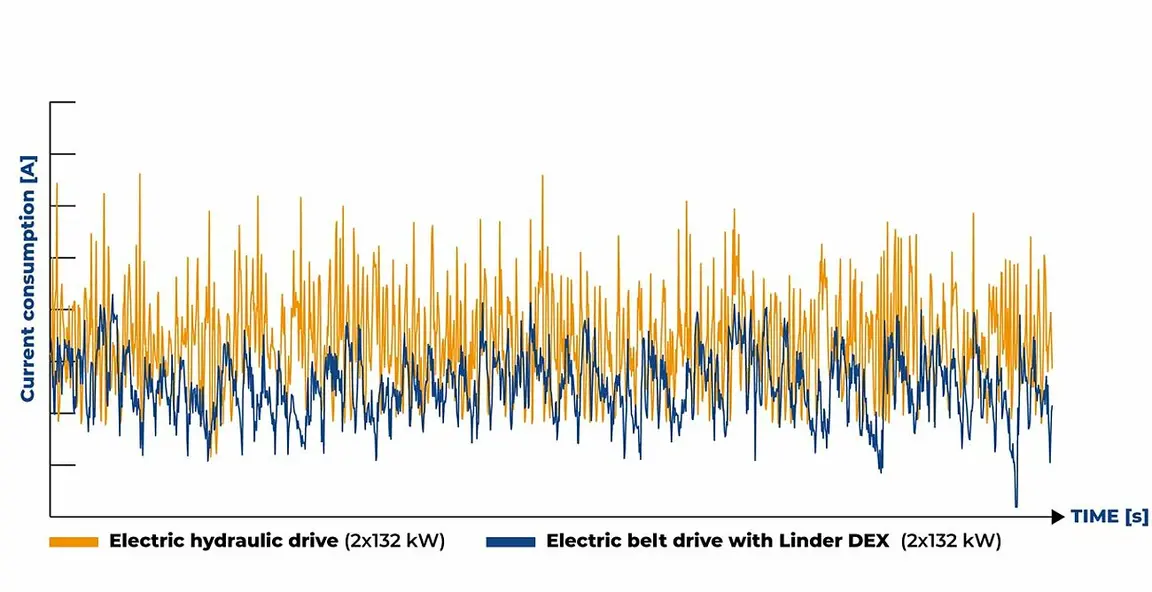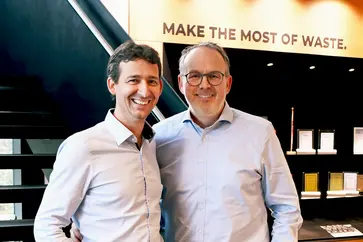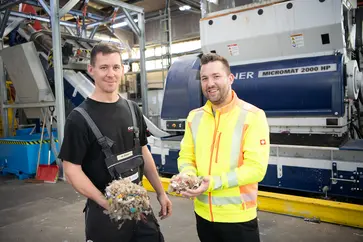Lindner-Recyclingtech is responding to the increasing demands placed on the automated sorting of valuable recyclables as well as the ensuing rise in the need among producers of solid recovered fuels (SRF) for pre-shredded yet ideally sortable material. With the new Atlas, the leader in shredding technology is not only focusing on the energy efficiency of shredding systems, but also on the ideal output size with continuous dosing for optical sorting systems and a maximally possible resistance to foreign parts at the same time.
The development in the waste disposal and recycling industry suggests a further automation of waste treatment processes – even if qualified personnel is currently more urgently needed than ever and there is a shortage of skilled workers in Europe (as is also the case in many other sectors), a turnaround is not in sight soon. In 2025, more robots will probably be in use and support or partly replace conventional optical separation and sorting systems (near-infrared systems, NIR) in SRF production.
Lindner is responding to this development and the circular economy in upswing, especially when it comes to plastics recycling. With the Atlas 5500, the Austrian company with 70 years of expertise in engineering offers an ideal shredder that meets the increasing legal and economic requirements for the separation and sorting of valuable recyclables in SRF production sites. The new Atlas complements Lindner's stationary primary shredder range with an asynchronous twin-shaft shredding system and was launched at IFAT 2018, the world's leading trade fair for water, sewage, waste and raw materials management, in Munich in mid-May.
Uniform material discharge, more recyclables
Designed for very high uptimes (24 hours a day, seven days a week), the ‘ripping twin-shaft shredder’ has a throughput capacity for coarser output sizes and uniform material discharge of 40 to 50 metric tonnes per hour, depending on the feed material, and even up to 70 metric tonnes per hour for municipal solid waste. As a result, more recyclable materials, in particular plastics such as film from mixed municipal solid waste as well as from commercial and industry waste, can be collected for recycling. In addition, it is possible to meet ambitious quotas and guidelines – regarding the EU circular economy package, for example, and in light of increasingly scarce primary resources worldwide. The shredder supplies the downstream sorting system with a perfectly dosed and uniform output – the perfect prerequisite to ensure maximum efficiency of the sorting facility (e.g. NIR sorting systems).
The slow-running shredder’s new asynchronously rotating shaft system ensures uniform material discharge by generating high torque. In the Atlas both shafts of the robust cutting system equipped with a solid counter-cutting frame and aggressive self-intake can be rotated independently of each other. If one of the two shafts comes to a standstill due to non-shreddables or tough or wet and heavy feed material, the Atlas continues to shred normally in asynchronous operation with the second shaft. The shredding takes place in both directions, which explains the high throughput capacity. In fact the second shaft even unblocks the first shaft, which means that virtually no manual intervention is required.
